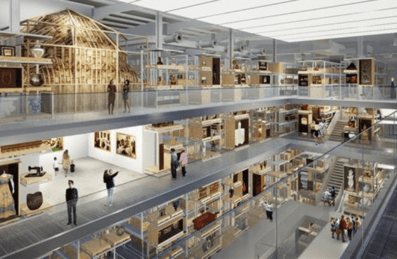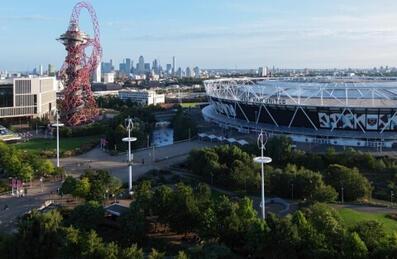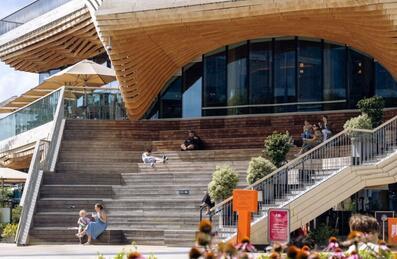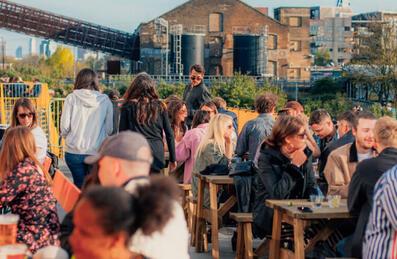
Popular Searches:
Keep up to date
Sign up today for exclusive offers and incredible experiences you won’t want to miss at Queen Elizabeth Olympic Park.
Sign up nowGreen Infrastructure Guide and LLDC’s role
Green Infrastructure Guide and LLDC’s role
Story 08/02/2022
By Pippa Henshall, Senior Landscape Design Manager at LLDC
The importance of Green Infrastructure has grown in recent years as the role it can play in addressing the climate and biodiversity emergencies and increasing social inequalities has come to the fore. The value of GI has been heightened further by the pandemic and subsequent lockdowns.
There has been a policy shift at national and local level that reflects the view of nature-based solutions as key to addressing these major environmental, social and economic challenges. Changes to the National Planning Policy Framework (NPPF) from 2021 include reference to the importance of trees in improving the character and quality of urban environments as well as mitigating the impact of climate change.
The London Plan (March 2021) includes metrics such as the Urban Greening Factor to ensure developments are contributing positively to London’s GI and biodiversity net gain to prevent habitat loss.
Much is also being done to meet the mayoral commitment to limit global temperatures to 1.5oC. All four of the London Legacy Development Corporation’s (LLDC) surrounding boroughs of Hackney, Newham, Tower Hamlets and Waltham Forest made climate emergency declarations in 2019.
LLDC has developed a guide for all new development within the corporation area on how to consider GI at all work stages, responding to these new challenges and creating better places to live, work and visit.
Ten years since the 2012 Olympic and Paralympic Games seems like an ideal time to launch the guide as it builds on the Olympic Park Legacy Company LCS Revised Green Infrastructure Strategy from February 2012 and is underpinned by our corporate priority themes of high-quality design, promoting convergence and community participation, ensuring environmental sustainability and championing equalities and inclusion.
The guide reinforces relevant local, regional and national policy that already set quanta for greening, open space, play and habitat and will help developers and design teams build better schemes that raise the bar for the industry and place GI at the heart of place making.
LLDC recognises the delivery of GI is especially relevant to the regeneration of urban areas and there are many good examples in East London of how development has benefitted from integrated GI.
The guide aims to use these exemplar projects as best practice to demonstrate the value and benefits to inspire others. It also sits alongside the other park documents and follows on from the Design Quality Policy which was published in 2019 and reflects current GI thinking.
Considering the length of time until many of these developments are completed, it is important that the guide is in place now to help achieve London’s zero carbon city by 2030 target. It is an opportune time to publish the guide given COP26 and the focus on GI in relation to climate change and biodiversity recovery.
LLDC’S new Green Infrastructure (GI) Guide to supports the Mayor of London’s environmental policies. The document is a best practice guide setting out LLDC’s vision for integrated GI with key principles for stakeholders, development partners, project managers and design teams to consider in the design, construction and occupancy stages of development.






